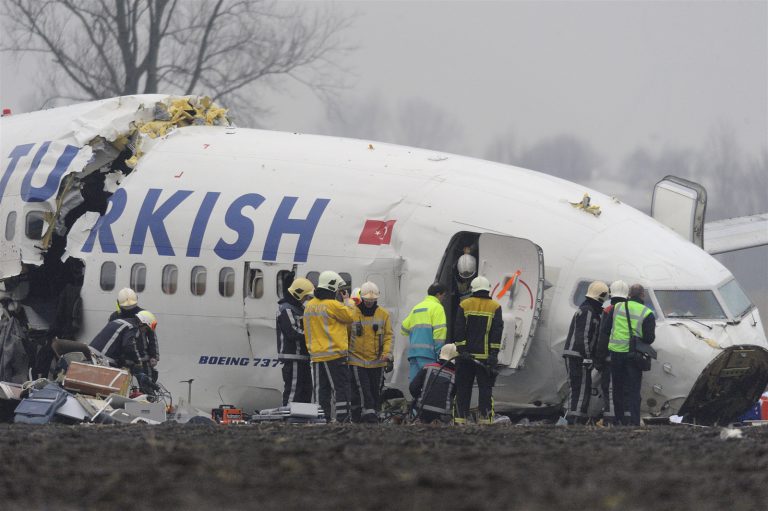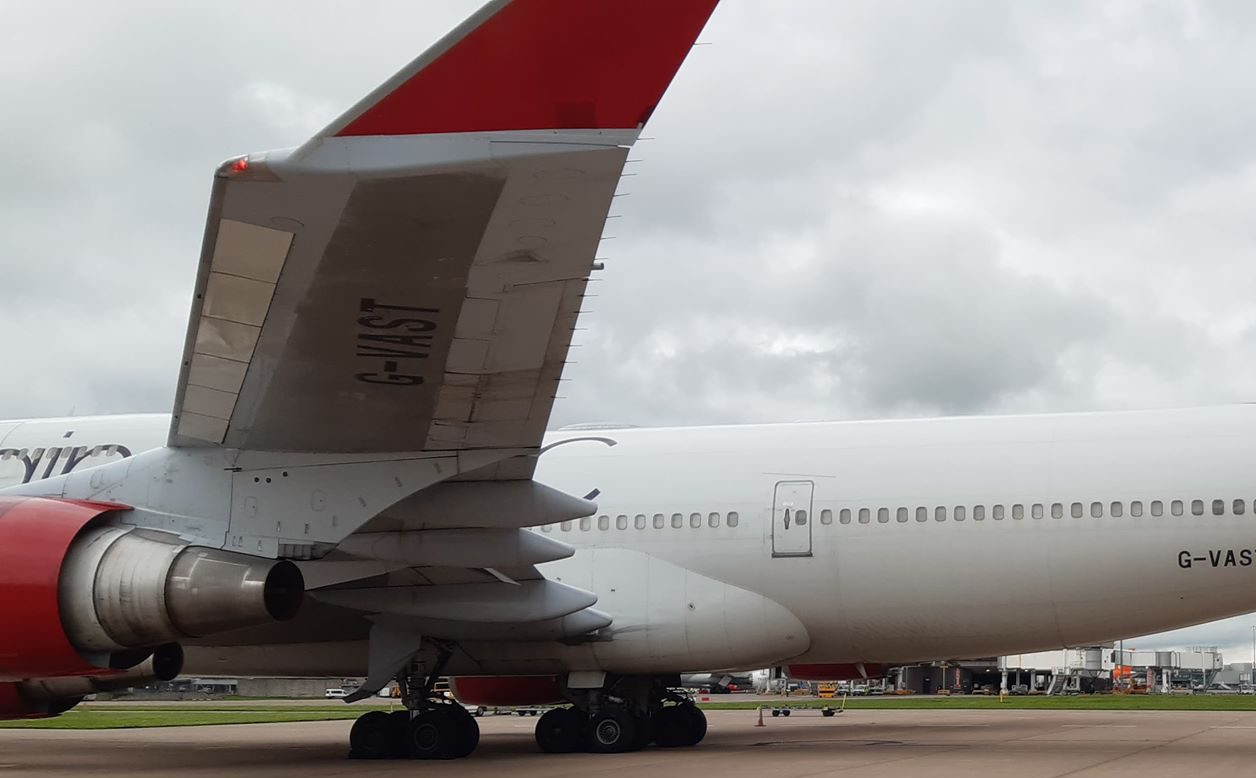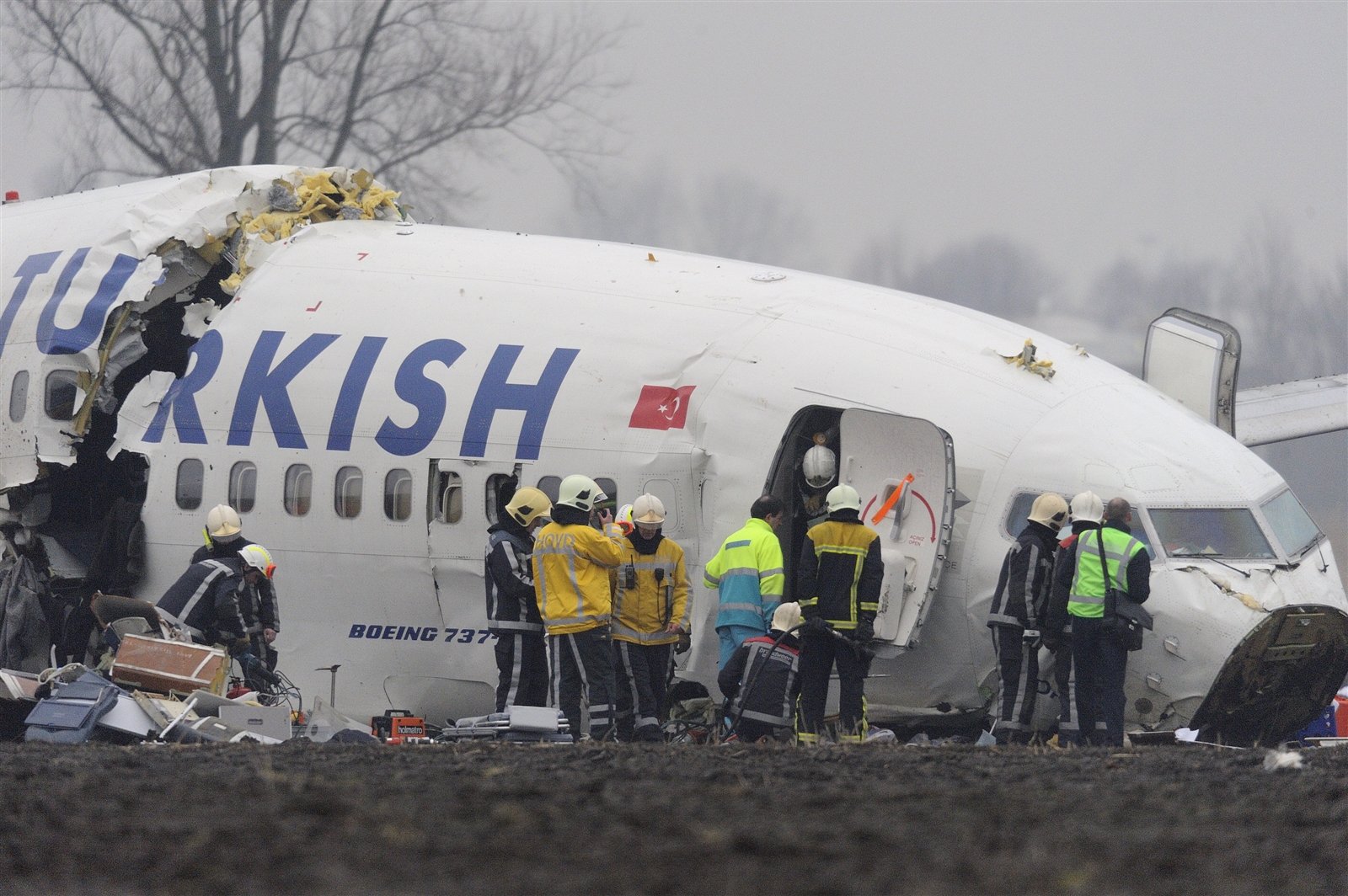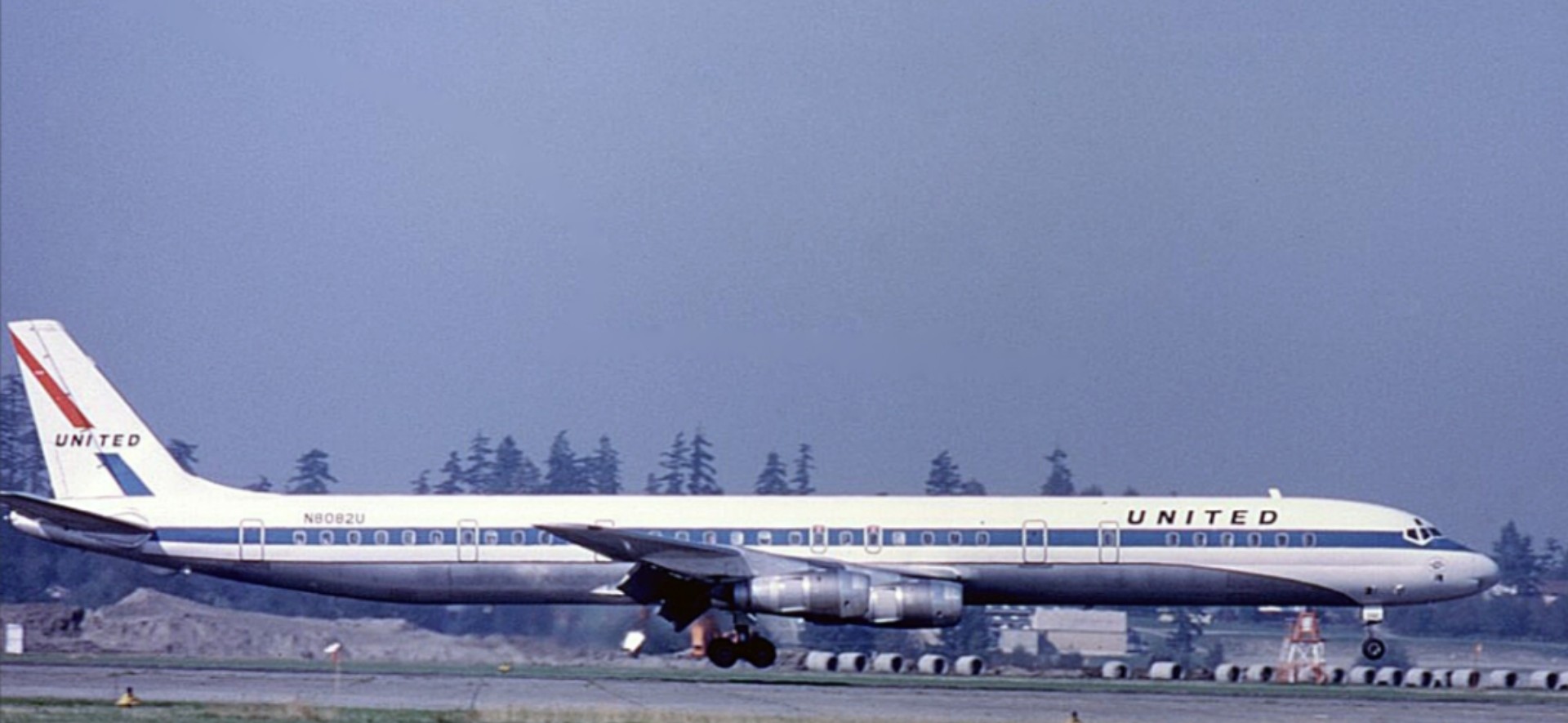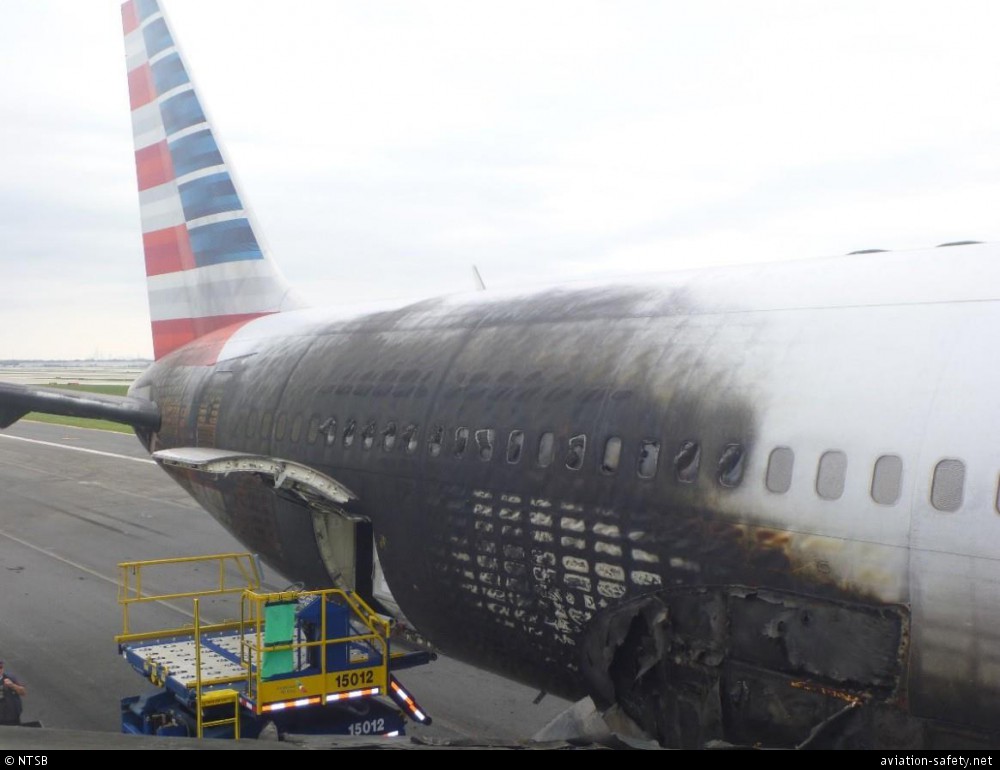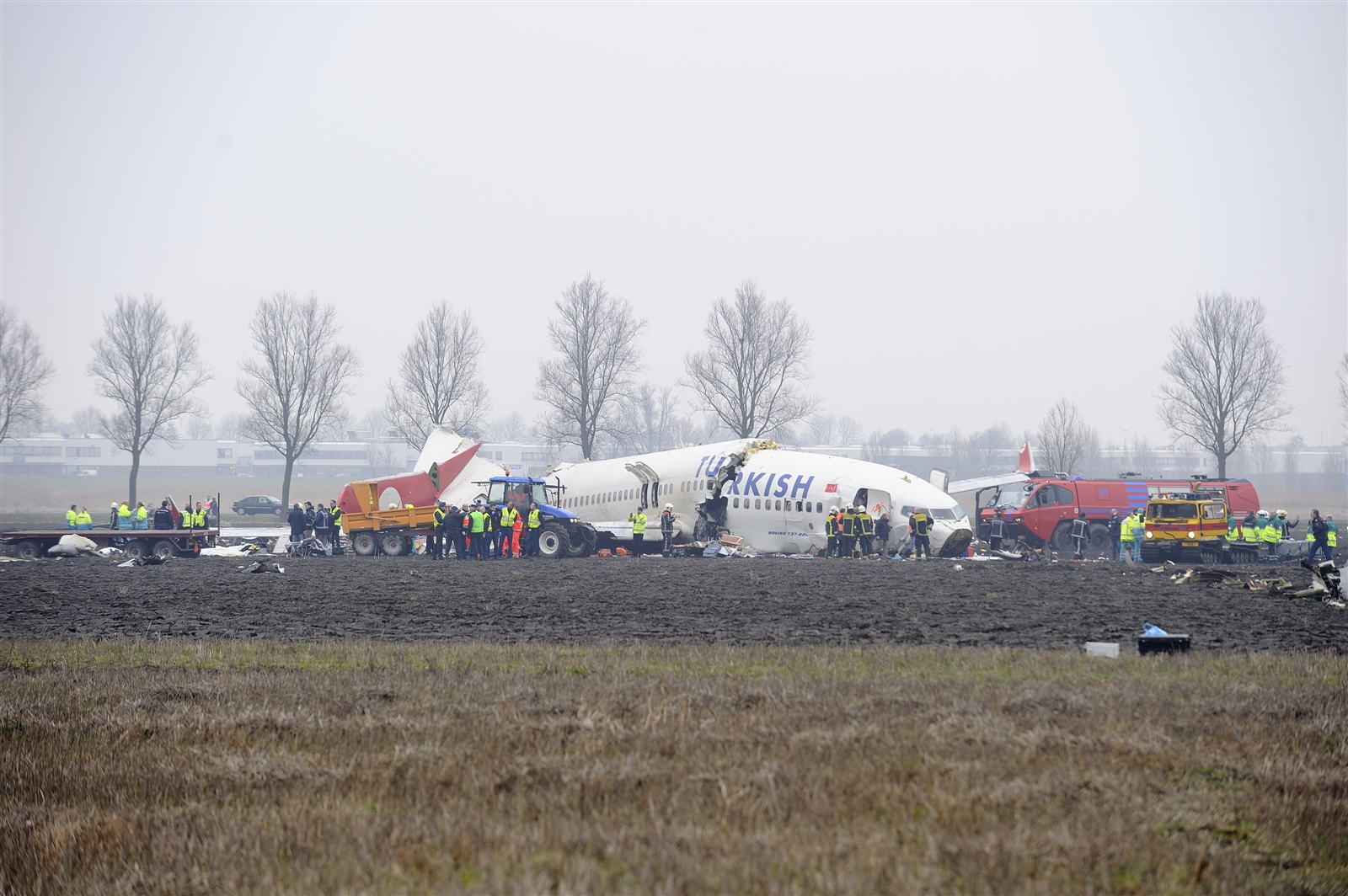
Introduction
On February 25, 2009, Turkish Airlines Flight 1951 was en route from Istanbul, Turkey, to Amsterdam, Netherlands, when tragedy struck. What began as a routine flight turned into a harrowing ordeal that tested the skills, bravery, and resilience of everyone on board. This is the story of Flight 1951 and the remarkable efforts that saved lives amid the chaos.
The Flight
Flight TK1951 took off from Istanbul Atatürk Airport with 128 passengers and seven crew members on board. The flight was proceeding as usual, with the passengers enjoying their in-flight meals and the crew going about their duties. However, as the aircraft descended toward Schiphol Airport in Amsterdam, something went terribly wrong.
The Accident
As Flight 1951 approached Schiphol, it encountered a sudden drop in altitude, far too early in the landing process. The Boeing 737-800, a state-of-the-art aircraft, had suffered a malfunction in its radio altimeter system, which provides crucial altitude information to the pilots during the landing phase.
The aircraft’s three engines lost power as a result of this malfunction, causing the plane to lose speed and altitude rapidly. The crew desperately attempted to regain control and restart the engines, but their efforts were in vain. The aircraft’s fate seemed grim as it plummeted toward a field in Bijlmermeer, a densely populated suburb of Amsterdam.
Miracle in Bijlmermeer
The crash was catastrophic. The aircraft struck a field, skidded across a highway, and then broke apart when it slammed into a four-story apartment building in Bijlmermeer. The impact claimed the lives of nine passengers and crew members, and several others sustained injuries.
In the midst of the wreckage, chaos, and flames, a remarkable story of survival and heroism began to emerge. Passengers and crew members who had survived the crash worked together to help those in need. They braved smoke and flames to rescue fellow travelers, showing incredible courage in the face of danger.
Emergency responders arrived swiftly, and their efforts were nothing short of heroic. Firefighters battled the intense blaze, while paramedics tended to the injured. Despite the devastation, the coordinated response helped ensure that the casualty count was not higher.
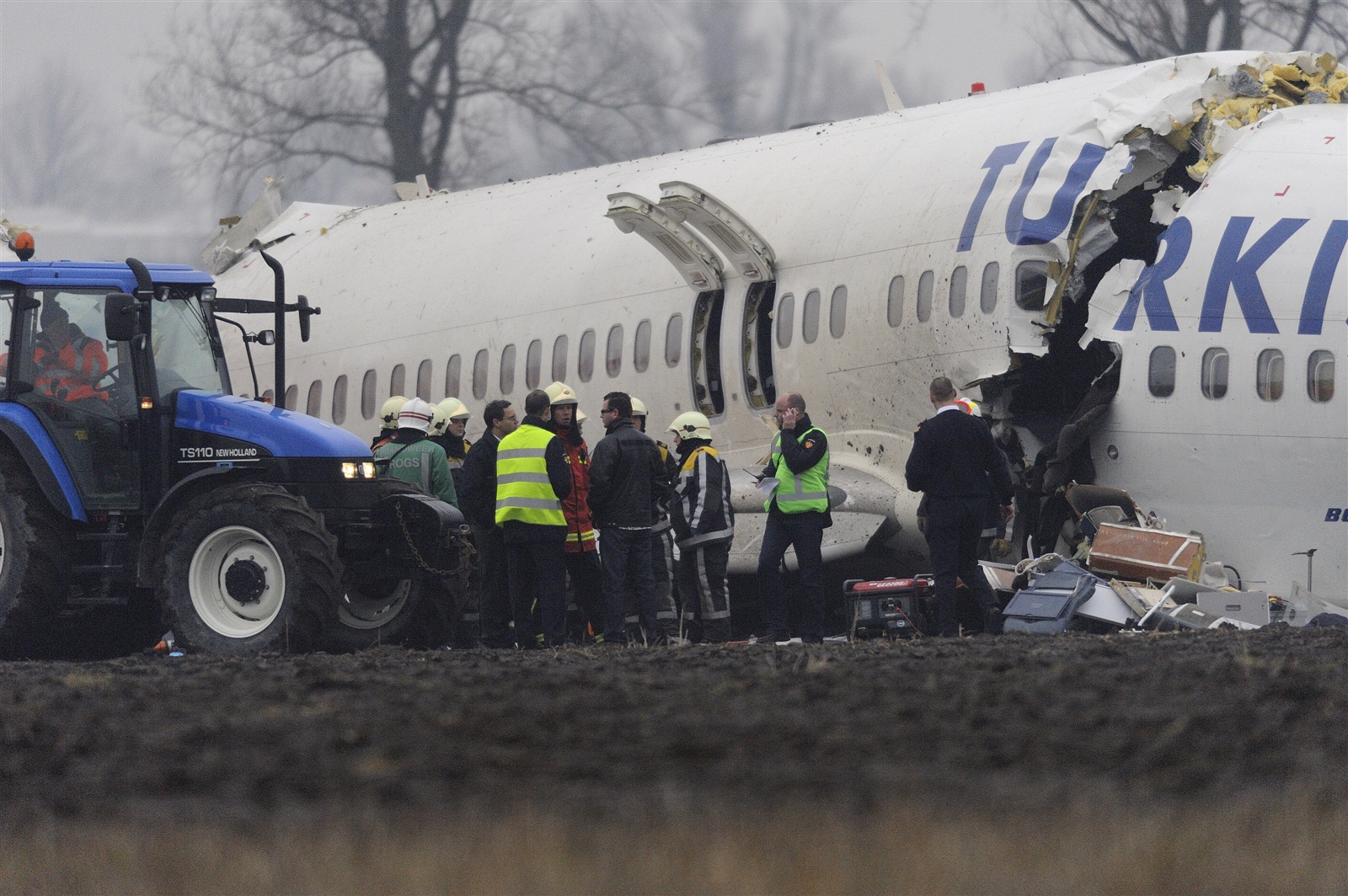
Investigation and Recovery
In the aftermath of the crash, a thorough investigation was launched to determine the cause. The malfunction in the radio altimeter system was identified as the primary factor. The findings led to safety improvements in Boeing’s 737NG series and contributed to the development of better pilot training programs.
Turkish Airlines also learned valuable lessons from the tragedy. The company improved its maintenance procedures, pilot training, and safety protocols to ensure that such an incident would never happen again.
A Symbol of Resilience
The story of Turkish Airlines Flight 1951 is one of tragedy but also one of triumph over adversity. Despite the horrifying ordeal, the passengers, crew, and emergency responders demonstrated immense courage, resourcefulness, and resilience. Their actions on that fateful day in February 2009 saved lives and serve as a reminder of the human spirit’s capacity to overcome even the darkest moments.
Conclusion
Turkish Airlines Flight 1951 will forever be etched in aviation history as a reminder of the importance of safety, preparedness, and the indomitable spirit of those who face adversity. The lessons learned from this tragic event have undoubtedly contributed to making air travel safer for everyone, and the memory of those who lost their lives will continue to inspire us to strive for a world where such accidents are minimized, if not entirely prevented.

